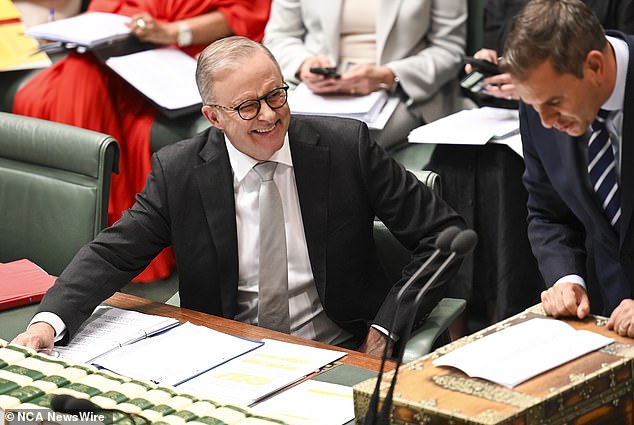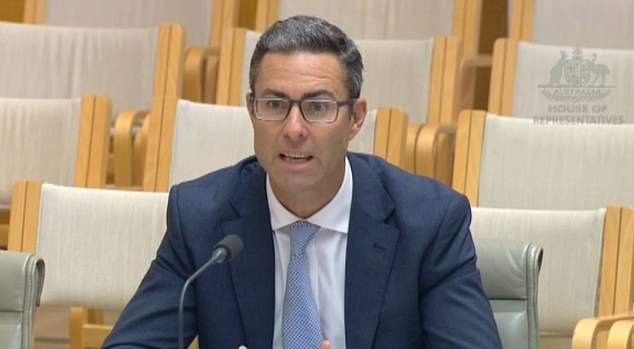The alarming mortgage trend that’s quadrupled as hardworking Aussies struggle
A senior Reserve Bank official has revealed that the proportion of struggling home borrowers with negative cash flow has quadrupled as interest rates have soared.
Brad Jones, the RBA’s assistant governor in charge of the financial system, revealed this insight in response to a question from Labor backbencher Dr. Andrew Charlton.
“What we found is that before the onset of higher inflation and higher interest rates in response, there were only about three percent of borrowers – owner-occupiers with variable rates – who were experiencing negative cash flow every month,” he said .
“Our sense is that for the lowest-income borrowers, that number has increased from 3 to 12 percent over the past eighteen months.”
A senior Reserve Bank official has revealed that the proportion of struggling borrowers with negative cash flow has quadrupled since Labor came to power in 2022.
Negative cash flow means that a borrower has no savings in the bank after making their monthly mortgage payments and must survive on a credit card.
In November, the Reserve Bank raised interest rates for the thirteenth time in eighteen months to a twelve-year high of 4.35 percent.
But 12 of those increases have occurred since Prime Minister Anthony Albanese won the May 2022 election after Russia’s invasion of Ukraine pushed gasoline prices above $2 a liter.
The RBA’s increases marked the most aggressive pace of monetary policy tightening since 1989.
A wave of interest rate increases has seen monthly mortgage repayments increase by 69 percent, as the variable interest rate went from a ‘two’ to a ‘six’ at the front.
Someone with a below-average mortgage of $600,000 has gone from $2,300 a month to $3,900, which means an increase of $19,200 in annual mortgage costs.
The Reserve Bank left interest rates unchanged on Tuesday after inflation fell to a two-year low of 4.1 percent last year, but Governor Michele Bullock repeatedly warned this week that another rate hike was still possible.

In November, the Reserve Bank raised interest rates for the thirteenth time in eighteen months to an eighteen-month high of 4.35 percent. But 12 of those increases have occurred since Prime Minister Anthony Albanese won the May 2022 election

Brad Jones (pictured), the RBA’s assistant governor in charge of the financial system, revealed this insight in response to a question from Labor backbencher Dr Andrew Charlton
Asked about the effect on the poor, she admitted it was harder for lower-income people.
“Higher inflation tends to hit lower-income people harder because they spend a larger share of their income on essentials,” she said on Friday.
This was her first appearance before a parliamentary committee as the first woman to lead the RBA.
Of Australia’s ten income deciles, individuals in the middle would earn $51,000 to $61,900, based on 2020-2021 Australian Taxation Office data.
They would be slightly below Australia’s median salary of $67,600, but above the full-time minimum wage of $45,906.
